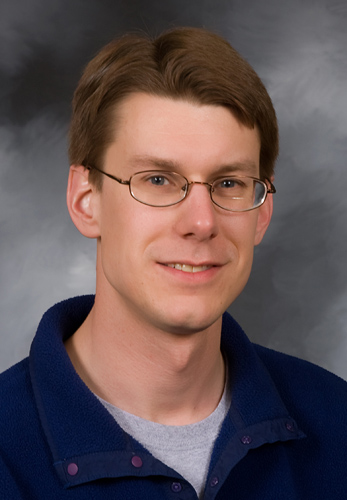
In his nomination letter, Dr. Gockenbach noted that, “Mr. Clark is a dynamic and innovative classroom teacher, and he has been a leader among both graduate students and faculty in promoting a thoughtful approach to teaching improvement.”
David is a PhD candidate in mathematical sciences, and is advised by Professor Vladimir Tonchev.
This is the inaugural year of this award. Full details on the nomination procedure are available online.